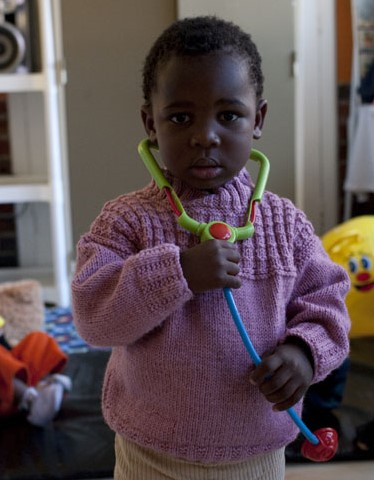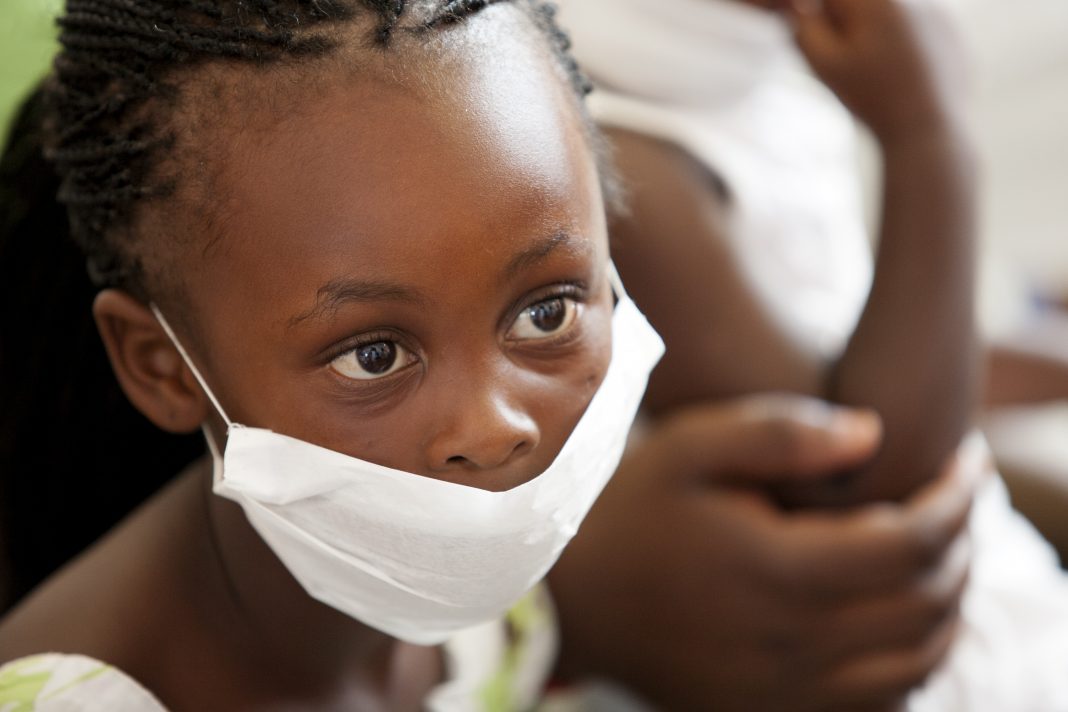James Seddon, Reader in Global Child Health at Imperial College London, discusses the development of treatment decision algorithms for childhood tuberculosis
In a separate article, Dr Gasana and Dr Lule from the World Health Organization (WHO) outline the problems facing childhood tuberculosis (TB).
What do the numbers for child TB look like?
The World Health Organization (WHO) estimates that globally just over a million children develop TB each year, with fewer than half diagnosed and put on treatment (1). Of the nearly a quarter of a million children dying of TB each year, almost all were undiagnosed at the time of death (2). To make any impact on childhood TB mortality, we desperately need better ways of evaluating children who might have TB and better approaches for making decisions about which ones to treat.
The problems facing childhood TB
For most adults, the diagnosis of TB is made by the individual coughing sputum into a pot and with the sample then evaluated in a laboratory to look for the TB bacteria (or genetic components of the bacteria). In most adults with TB, it is possible to find the organism in the sputum.
However, because children tend to have forms of TB that have fewer bacteria, and because younger children are not able to cough up a sputum sample on demand, it is rare to diagnose TB in children using this approach. Instead, health workers must weigh up the clinical symptoms of the child, findings from the examination and impressions from the chest x-ray and make a decision.
“Recently, researchers have used data from children evaluated for TB to determine, using mathematical models, how well different clinical and x-ray features discriminate children with TB from children with other diseases.”
This approach requires the health worker to have expertise and training. Given that most children with TB in low resource settings first seek care at primary health facilities, where staff are frequently less experienced, many children are referred onwards to hospitals for the decision to be made. Many families are unable to take their children to the hospital and, even if they can take them, long delays can result. If health workers in primary care could make decisions about which children to treat, more children could be started on treatment with fewer delays in treatment initiation.
Treatment decision algorithms

Algorithms standardise the way decisions are made, so that information from the clinical assessment and x-ray can be used to guide a health worker with limited experience in childhood TB into making treatment decisions.
Most algorithms that have been developed so far for childhood TB have been based on the opinions of experienced clinicians and few have been systematically evaluated to determine how well they perform in different contexts.
Recently, researchers have used data from children evaluated for TB to determine, using mathematical models, how well different clinical and x-ray features discriminate children with TB from children with other diseases. From these models, scoring systems have been developed, where features that are good at discriminating children have higher scores. The models are designed so that when a score reaches a certain threshold, the health worker should start TB treatment. The models developed to date have included relatively small numbers of children from only one or two locations. They have also not been translated into algorithms that could be used by health workers in primary care.
“…because children tend to have forms of TB that have fewer bacteria, and because younger children are not able to cough up a sputum sample on demand, it is rare to diagnose TB in children using this approach.”
Compiling an individual patient database
Working closely with the WHO Global TB Programme and multiple academic partners, we brought together individual patient data from nearly five thousand children, from 13 studies carried out in 12 countries. As different studies had collected data in slightly different ways, using different definitions, and as studies had some missing data, our first step was to reclassify the data and impute values for the missing data. When imputing missing values, multiple imputed datasets were generated (we generated 100) to represent the uncertainty of the process.
Developing an algorithm
Once we had a complete dataset, we created a mathematical model to determine how well different patient characteristics were able to discriminate children with TB from other diseases. From this a scoring system was developed, so that when the score reached more than 10, we knew that this could tell apart children with TB from children without TB with a sensitivity of 85%.
The next step was to convert this scoring system into an algorithm that could be used in primary health settings. We first build in a step so that health workers could identify acutely unwell children in need of urgent referral to hospital. Next, we added a step that triaged children into high and low risk of rapid progression to more severe disease, with those at high risk entering directly into the scoring system, while those at lower risk seen again in two weeks. If they were still unwell at that point, they would enter the scoring system. This step allowed the algorithm, which had been developed using data from children in hospitals, to be used in primary care settings, as many children with TB symptoms in primary care have common viral infections which resolve within a couple of weeks.
Next steps
This algorithm has been included in the Operational Handbook that accompanies the new 2022 WHO Guideline on the Management of Tuberculosis in Children and Adolescents (3-5). Many countries are beginning to think about how to implement this new algorithm within their TB programmes, and national guidelines will need to be revised with staff trained on how to use the algorithm. This will require substantial investment both from countries themselves, as well as international donors.
In addition, a pressing research priority is to evaluate how this algorithm performs in the real world. While much work still needs to be done, the development of this algorithm will hopefully allow health workers in primary care to start treating more children for TB, an essential step in reducing childhood TB mortality.
References
- Global tuberculosis report 2021. Geneva: World Health
Organization. Available at: https://www.who.int/publications/i/item/9789240037021 - Dodd, P. J., et al. The global burden of tuberculosis mortality in children: a mathematical modelling study. Lancet Glob Health 2017; 5: e898-e906.
- Gunasekera et al. Development and validation of treatment- decision algorithms for children evaluated for pulmonary tuberculosis: an individual participant data meta-analysis. medRxiv 2022.09.13.22279911
- WHO consolidated guidelines on tuberculosis. Module 5: management of tuberculosis in children and adolescents. Geneva: World Health Organization; 2022. Available at: https://www.who.int/publications/i/item/9789240046764
- WHO operational handbook on tuberculosis. Module 5: management of tuberculosis in children and adolescents. Geneva: World Health Organization; 2022. Available at: https://apps.who.int/iris/bitstream/handle/10665/352523/978 9240046832-eng.pdf

This work is licensed under Creative Commons Attribution-NonCommercial-NoDerivatives 4.0 International.


